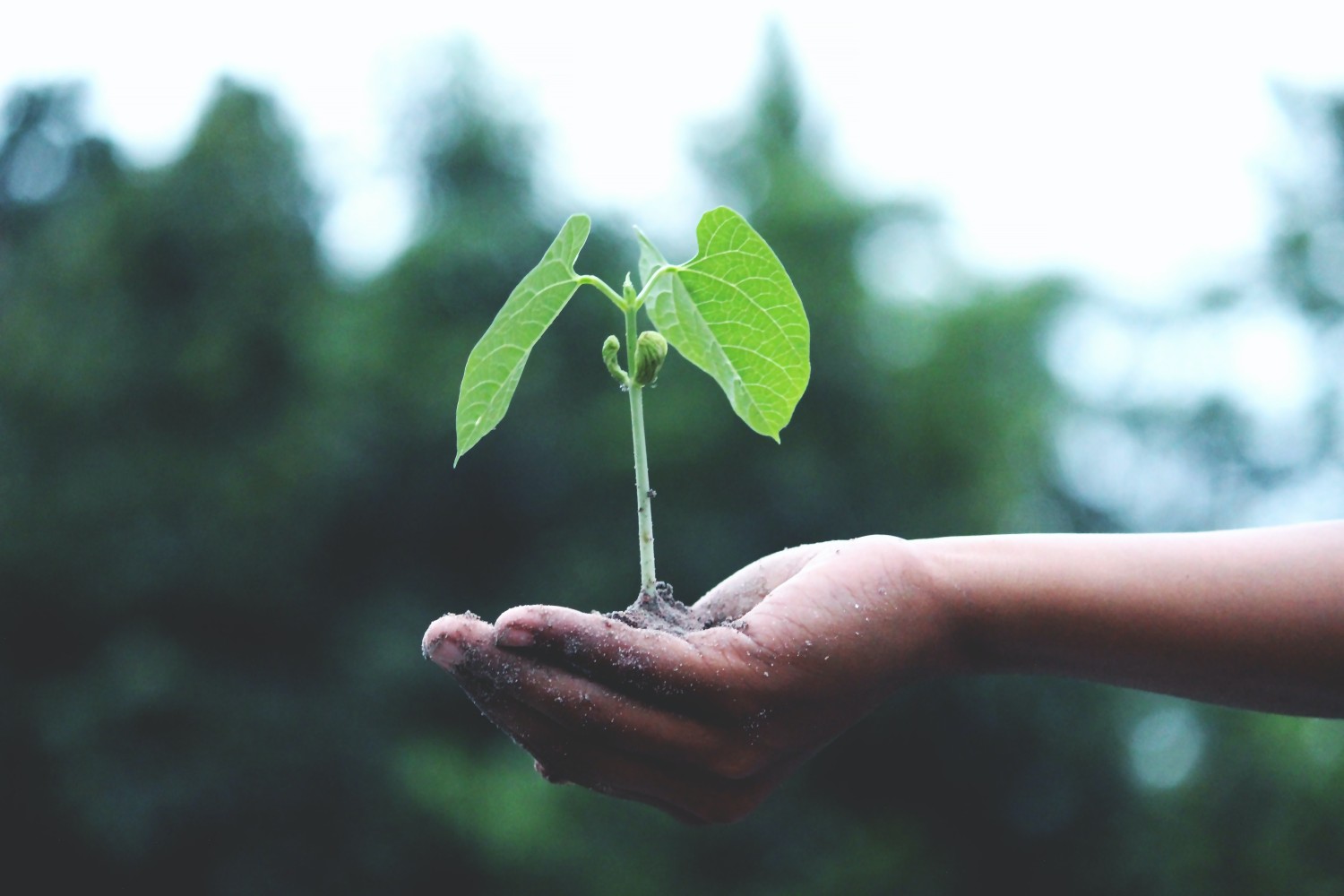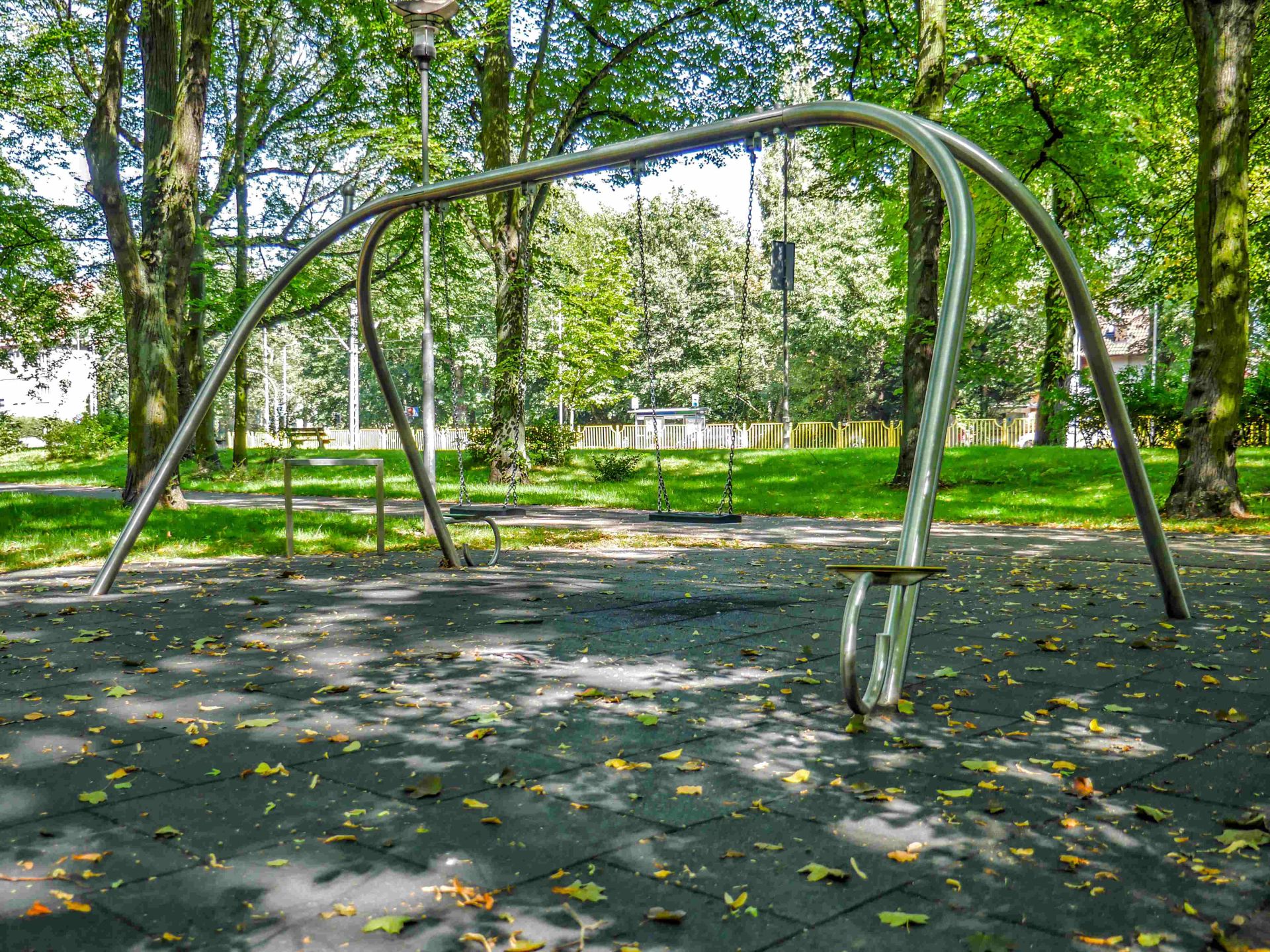-
- Phone:
- +48 91 506 50 41

Eco-Friendly Playgrounds: A Rising Trend in the World of Play
In today's world, the concept of a playground has evolved far beyond just being a place for fun. Modern playgrounds are expected to be safe places where children of all abilities can play, learn, and grow. They are often designed to be inclusive, fostering a sense of community and belonging. But there's another crucial aspect that is gaining momentum in playground design - sustainability.
Sustainability is no longer a mere option; it's becoming a necessity. As we become more aware of our environmental impact, it's clear that our playgrounds should not only inspire joy and creativity but also respect and protect our planet. This is where the concept of sustainable playgrounds comes into play.
Sustainable playgrounds are about creating spaces that are in harmony with the environment, using eco-friendly materials, and promoting practices that help preserve our natural resources. They represent a future where play and environmental stewardship go hand in hand, shaping a greener, healthier world for our children.
Why is it important to create sustainable playground?
As we grapple with the realities of climate change and environmental degradation, the need for sustainable solutions in every aspect of our lives has never been more apparent. Today, playgrounds are not just about fun, safety, and inclusivity. They are also about sustainability.
The concept of eco-friendly playgrounds is not just about using recycled materials or reducing waste. It's about creating a space that is in harmony with nature and promotes environmental awareness among children. It's about using materials that are not only safe for children but also gentle on our planet. It's about ensuring that the playgrounds we build today don't compromise the ability of future generations to enjoy the same privileges.
How to create environmentally playground?
One of the key aspects of eco-friendly playgrounds is the choice of materials. Traditional playgrounds often use materials like plastic, which are not only harmful to the environment but also have a limited lifespan. On the other hand, sustainable playgrounds prioritize the use of materials like steel and stainless steel, which are not only durable but also have a lower environmental impact.
Steel is an excellent choice for playground equipment due to its strength, durability, and resistance to corrosion. It can withstand the elements and the rough and tumble of playground use, ensuring that the playground remains safe and enjoyable for children for many years. Moreover, steel is 100% recyclable, which means that when the playground equipment eventually reaches the end of its life, it can be melted down and used to create new steel products, reducing waste and conserving resources.
Stainless steel, in particular, is an excellent choice for playgrounds. It is resistant to staining and corrosion, making it ideal for outdoor use. It is also a very hygienic material, which is an important consideration in a playground setting where cleanliness and hygiene are paramount.
But the use of sustainable materials like steel and stainless steel is just one aspect of eco-friendly playgrounds. These playgrounds also incorporate elements like natural landscaping, water conservation measures, and energy-efficient lighting. They are designed to blend in with the natural environment, rather than stand out from it. They promote biodiversity by incorporating native plants and trees, and they use renewable energy sources wherever possible.
.jpg)
Recycled Materials in Playground Construction.
SBR rubber granules
In the pursuit of creating sustainable playgrounds, the use of recycled materials has become increasingly popular. Not only do these materials reduce environmental impact, but they also offer unique benefits in terms of safety and durability. One such example is the use of safety slabs made from Styrene-Butadiene Rubber (SBR) granules and polyurethane binder, both derived from recycled materials.
SBR is a type of synthetic rubber that is often used in the production of car tires. When these tires reach the end of their life, they can be ground down into granules and repurposed, rather than ending up in a landfill. This process of recycling not only reduces waste but also provides a valuable resource for the construction of playgrounds.
Safety slabs made from SBR rubber granules are an excellent choice for playground surfacing. They offer a high level of shock absorption, reducing the risk of injury from falls. They are also highly durable and can withstand heavy use and harsh weather conditions, making them a cost-effective choice in the long run.
In conclusion, the use of recycled materials like SBR rubber granules and polyurethane binder in the construction of playgrounds is a win-win situation. It helps to reduce environmental impact, provides a safe and durable surface for children to play on, and is a cost-effective solution for playground surfacing. As we continue to strive for sustainability in all areas of life, the use of such recycled materials in playground construction is a trend that is likely to continue.
HDPE boards
The HDPE boards we use in our production are made from recycled materials. This means that instead of these materials ending up in landfills, they are repurposed into a valuable resource for playground construction. This process of recycling not only reduces waste but also decreases the demand for new plastic production, which can be energy-intensive and harmful to the environment.
Moreover, HDPE itself is recyclable. This means that when our playground equipment eventually reaches the end of its life, the HDPE components can be recycled and used to create new products. This contributes to a circular economy, where waste is minimized, and resources are used as efficiently as possible.
In addition to their environmental benefits, HDPE boards also offer practical advantages. They are easy to clean and maintain, and they can be molded into a variety of shapes and sizes, making them a versatile choice for playground equipment.

Eco-Friendly Playgrounds: More Than Just a Trend
As we conclude this exploration of sustainable playgrounds, it's important to reiterate that creating eco-friendly playgrounds is not just a trend, but a necessity. The choices we make today in designing and constructing playgrounds have a profound impact on the world our children will inherit.
Eco-friendly playgrounds are about more than just providing a space for children to play. They are about creating a healthier, more sustainable world for our children and future generations. They are about showing that we can have fun, promote physical activity, and foster creativity while also respecting and preserving our planet.







